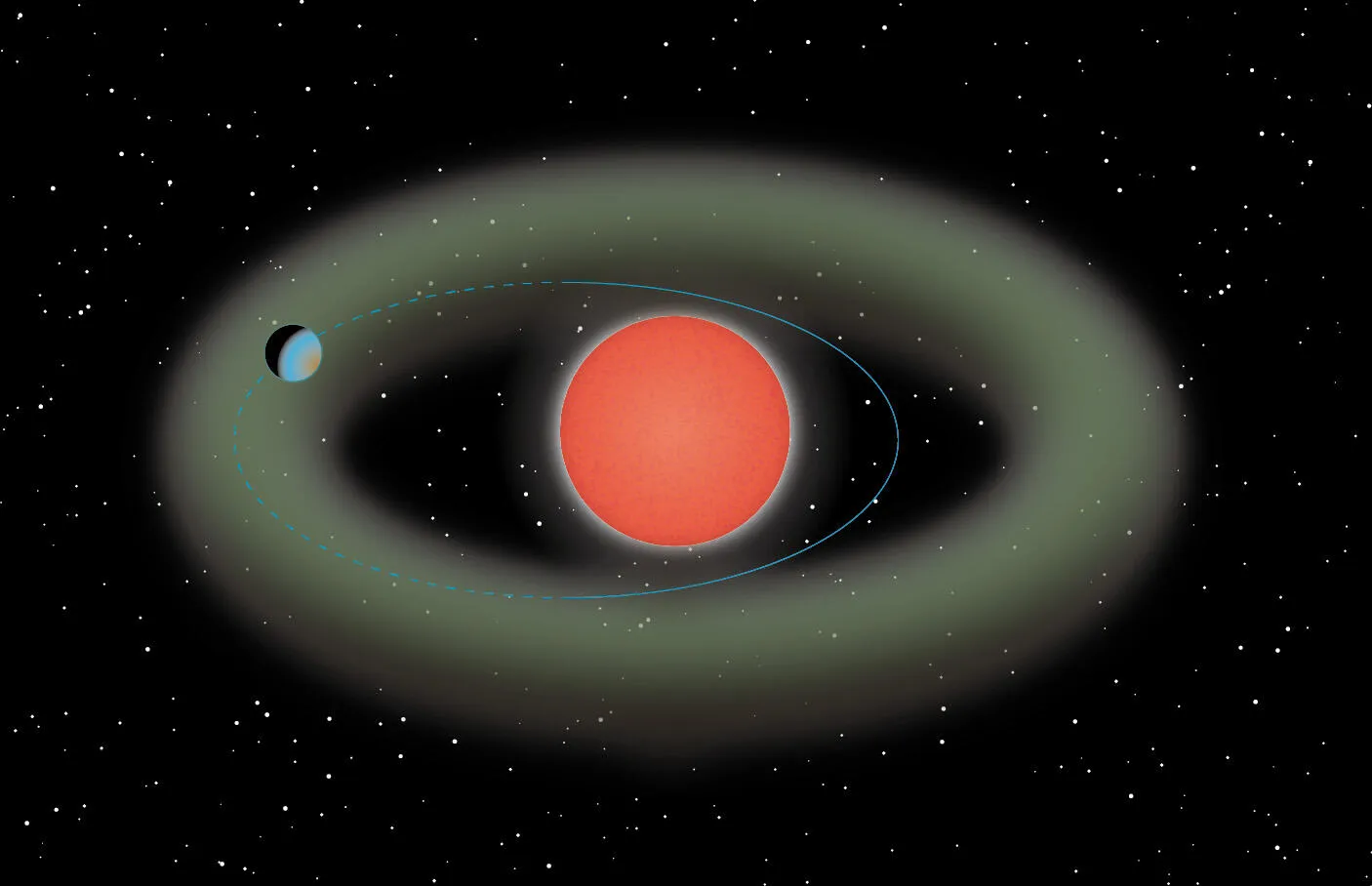55 Cancri e: A Glimpse into a Diamond World
55 Cancri e: A Glimpse into a Diamond World
Exoplanets, planets outside our solar system, have been the subject of much fascination and scientific exploration. Among these, one stands out for its dazzling potential: 55 Cancri e, often referred to as the "diamond planet". This super-Earth, a planet larger than Earth but smaller than ice giants like Neptune, promises a world of intrigue and a treasure trove of scientific discovery.
Discovery and Location
The story of 55 Cancri e starts back in 2004 when it was first discovered. The planet is part of the binary star system 55 Cancri, located approximately 41 light-years away in the constellation Cancer. Remarkably, this system can be seen with the naked eye from Earth under favorable conditions.
This artist's impression shows a close-up of exoplanet 55 Cancri e. (Image credit: ESA/Hubble, M. Kornmesser)
Classification and Size
Dubbed as a "super-Earth," 55 Cancri e boasts a radius twice that of Earth and a mass eight times greater. It is among the few known super-Earths that transit their stars, offering us valuable opportunities to gather data and estimate its width, volume, and density.
This image provides a size comparison between Earth and 55 Cancri e.
Orbit and Temperature
The orbit of 55 Cancri e is nothing short of extraordinary. The planet orbits its star approximately 25 times closer than Mercury does the Sun, resulting in a year that lasts only 18 hours. This close proximity to its star results in surface temperatures reaching a scorching 2000 degrees Celsius.
Composition
What truly sets 55 Cancri e apart is its composition. It is believed to be largely composed of carbon (in the form of diamond and graphite), iron, silicon carbide, and possibly silicates. The surface is thought to be mostly graphite, surrounding a thick layer of diamond, below which lies a layer of silicon-based minerals and a molten iron core at the center.
This image shows the interior of 55 Cancri e with a graphite surface, a thick layer of diamond, a layer of silicon-based minerals, and a molten iron core.
Atmosphere
Pioneering work has allowed scientists to analyze the atmosphere of 55 Cancri e, marking a first for super-Earth exoplanets. The study of this planet's atmosphere offers invaluable insights into the nature of super-Earths and their potential habitability.
Ongoing Research
The study of 55 Cancri e is an ongoing endeavor. Researchers continue to make follow-up observations of the star system to better determine the star's composition and to analyze the planet's atmosphere. This information could further support the idea that this planet is indeed a diamond world. However, it's worth noting that while early research suggested a diamond-rich composition, more recent studies suggest this may not be entirely accurate.
This artist's illustration shows 55 Cancri e, a super-Earth, orbiting its parent star. (55 Cancri A)
Conclusion
55 Cancri e presents a unique world that continues to captivate scientists and space enthusiasts alike. Its extraordinary attributes, from its diamond-rich composition to its scorching surface temperatures, make it a fascinating subject of study. As we continue to explore the universe, planets like 55 Cancri e offer us a glimpse into the array of worlds that exist beyond our own and underscore the importance of the pursuit of knowledge in understanding our place in the cosmos.






Comments
Post a Comment